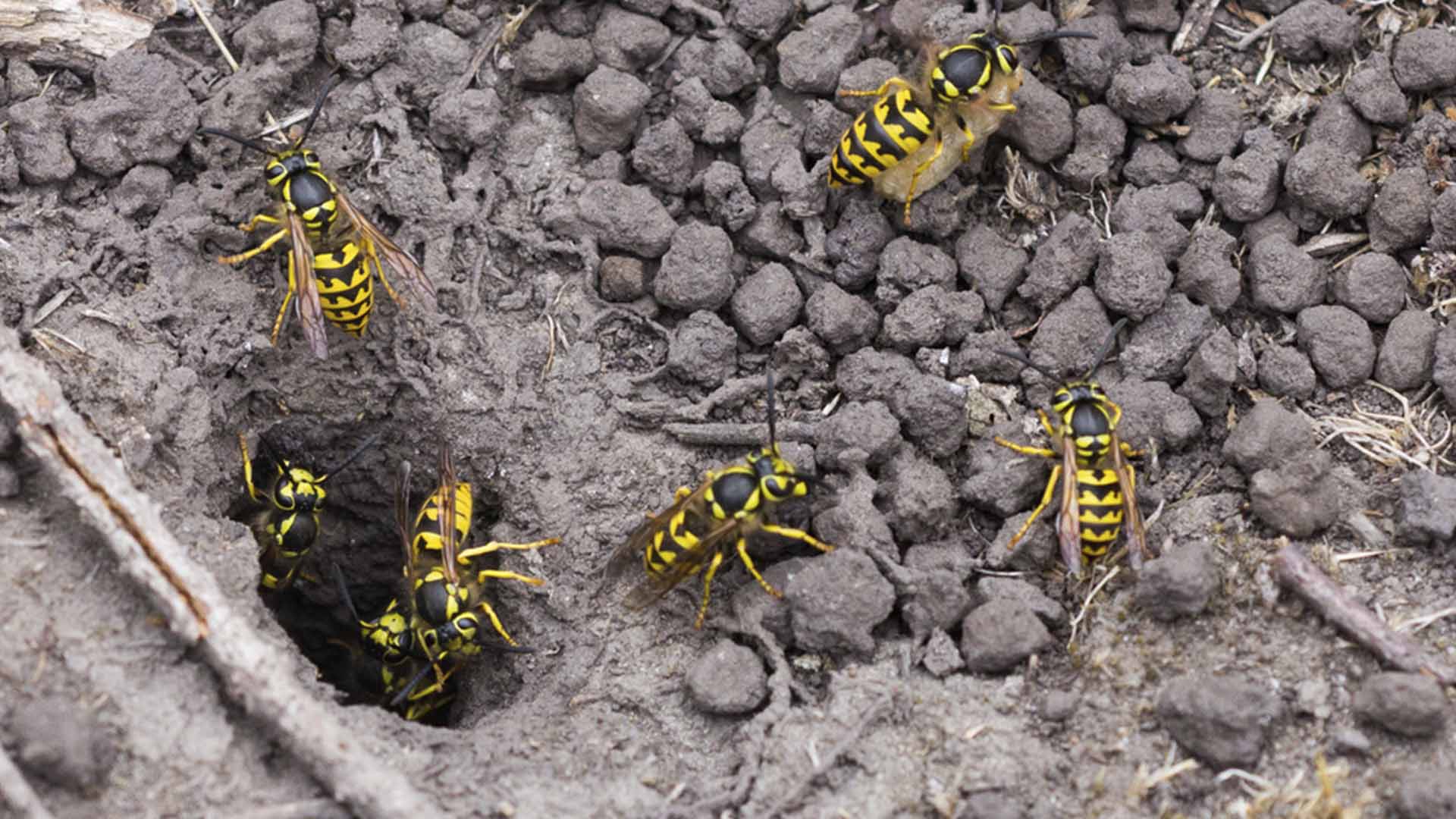
Yellowjackets often use abandoned rodent burrows as nesting sites.

Hidden within walls, their nests may cause structural issues.
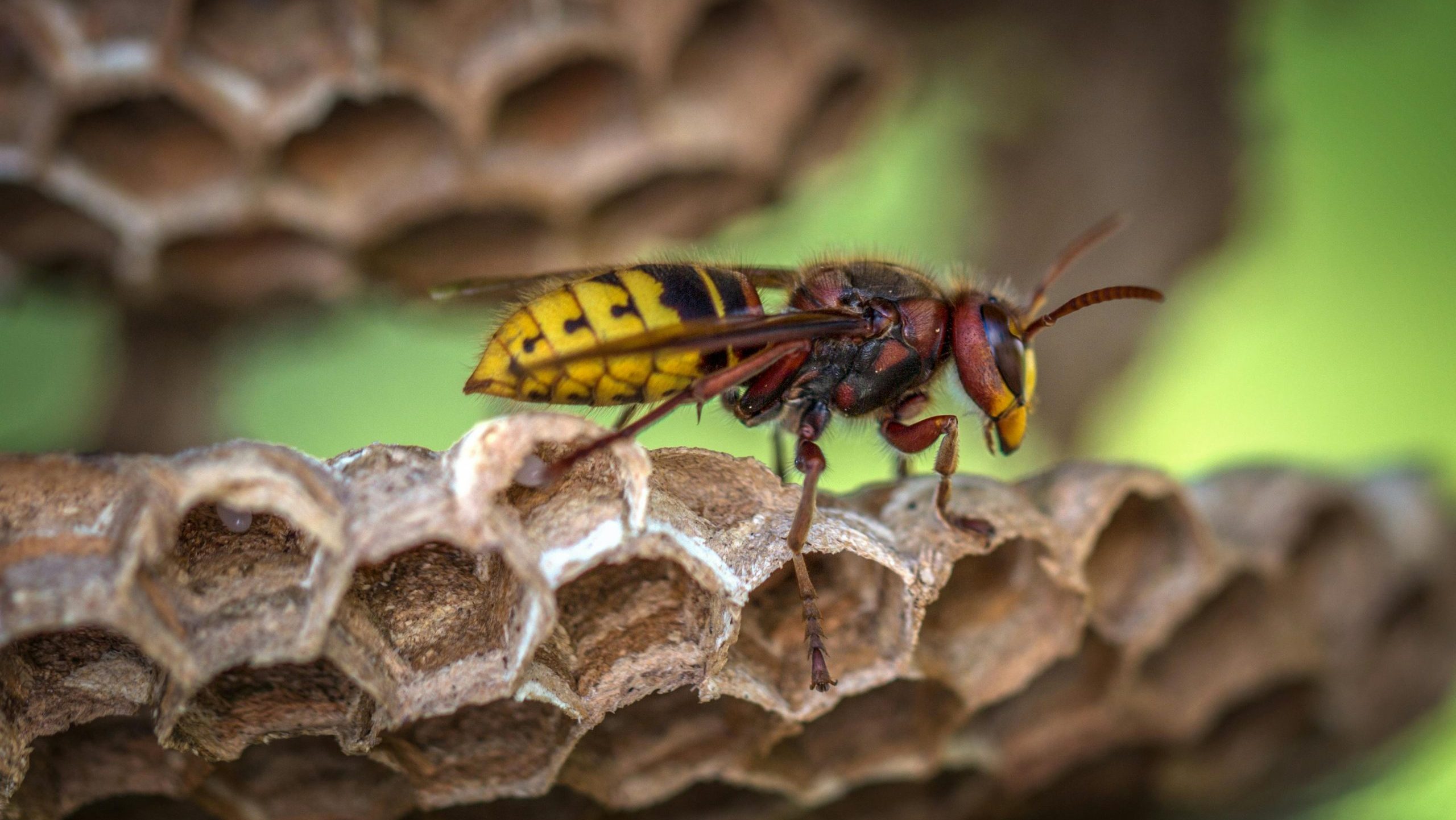
Hollow tree stumps provide a protected environment for nests.
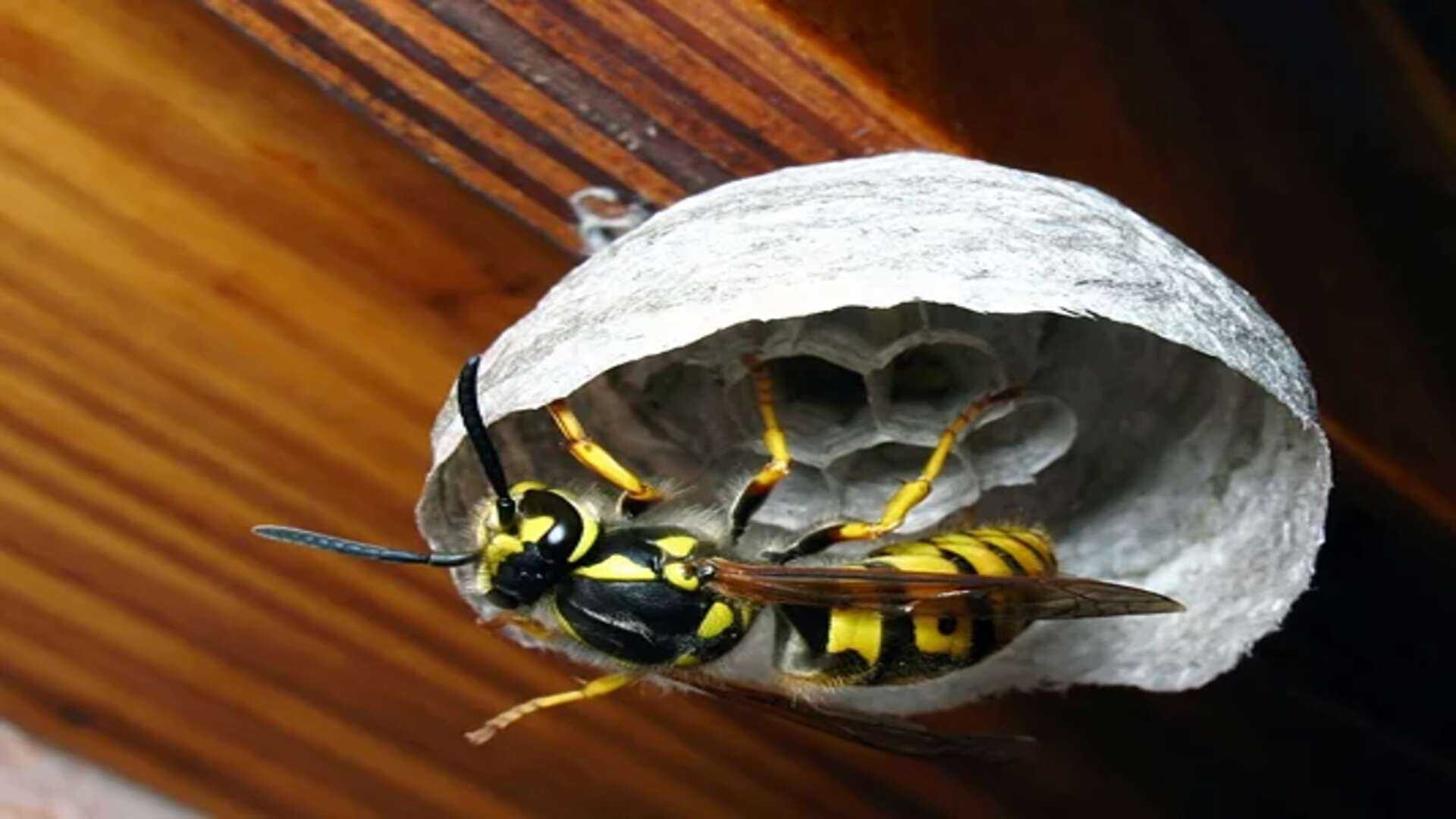
These sheltered spots are ideal for building nests near homes.

Natural cavities in logs offer a secure nesting area.
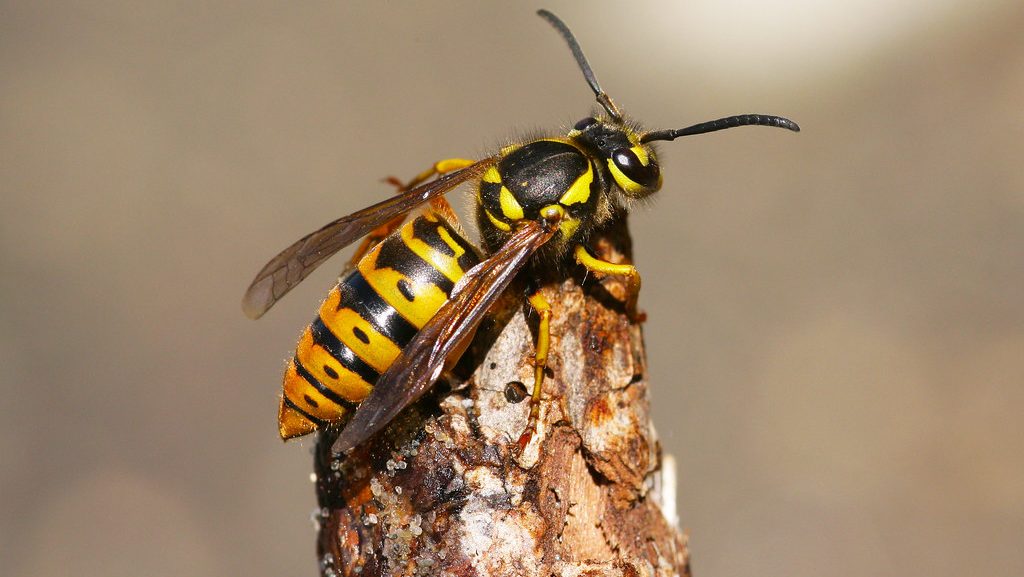
Found in eastern North America, they are highly aggressive and nest underground.
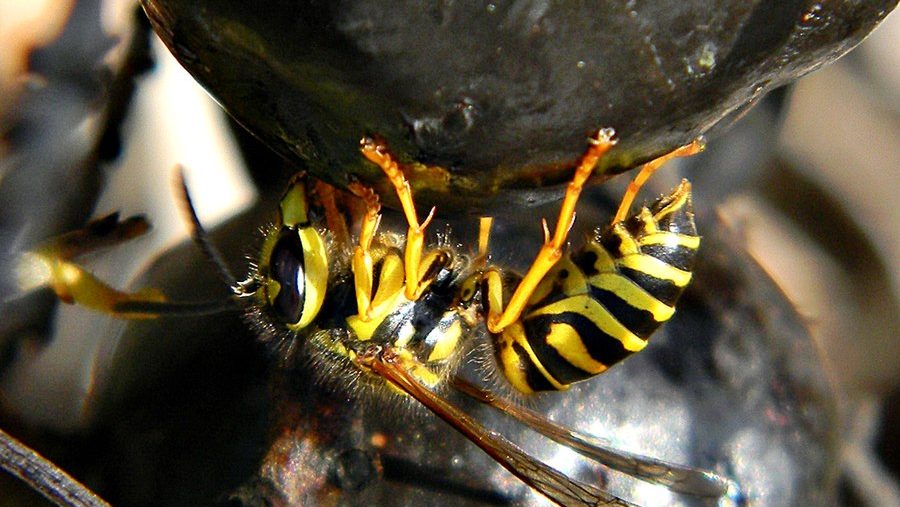
Common in the west, they scavenge food aggressively at outdoor gatherings.
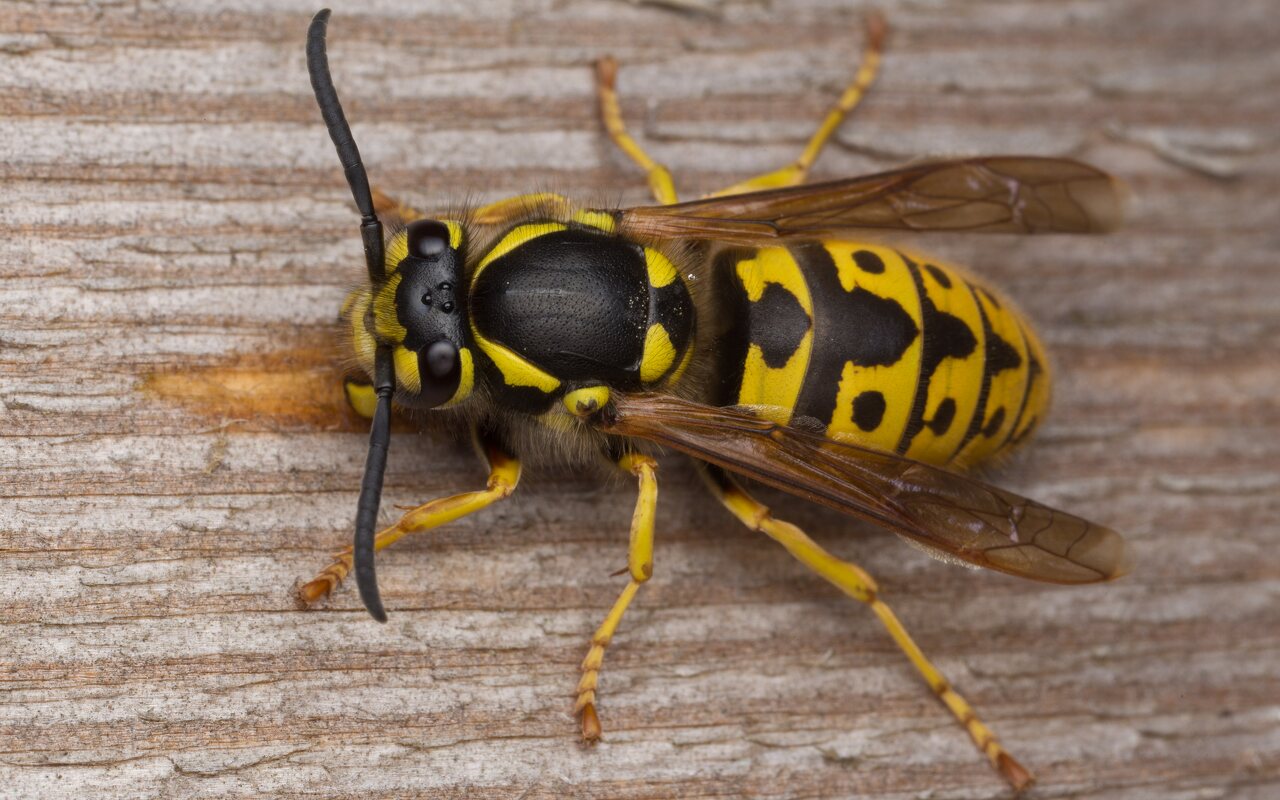
A European species now found in the U.S., often nesting in structural voids.

Known for nesting in trees and shrubs, they are highly territorial.
A single colony can contain up to 5,000 yellowjackets.
Unlike bees, they can sting multiple times.
Yellowjackets play a role in controlling pest populations by feeding on insects.
They become more aggressive in late summer and early fall.
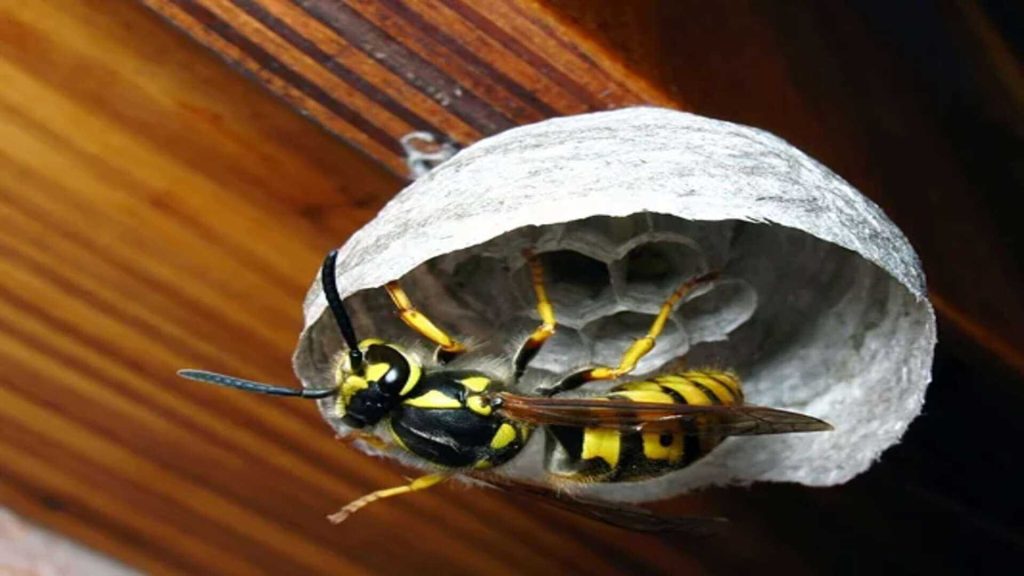

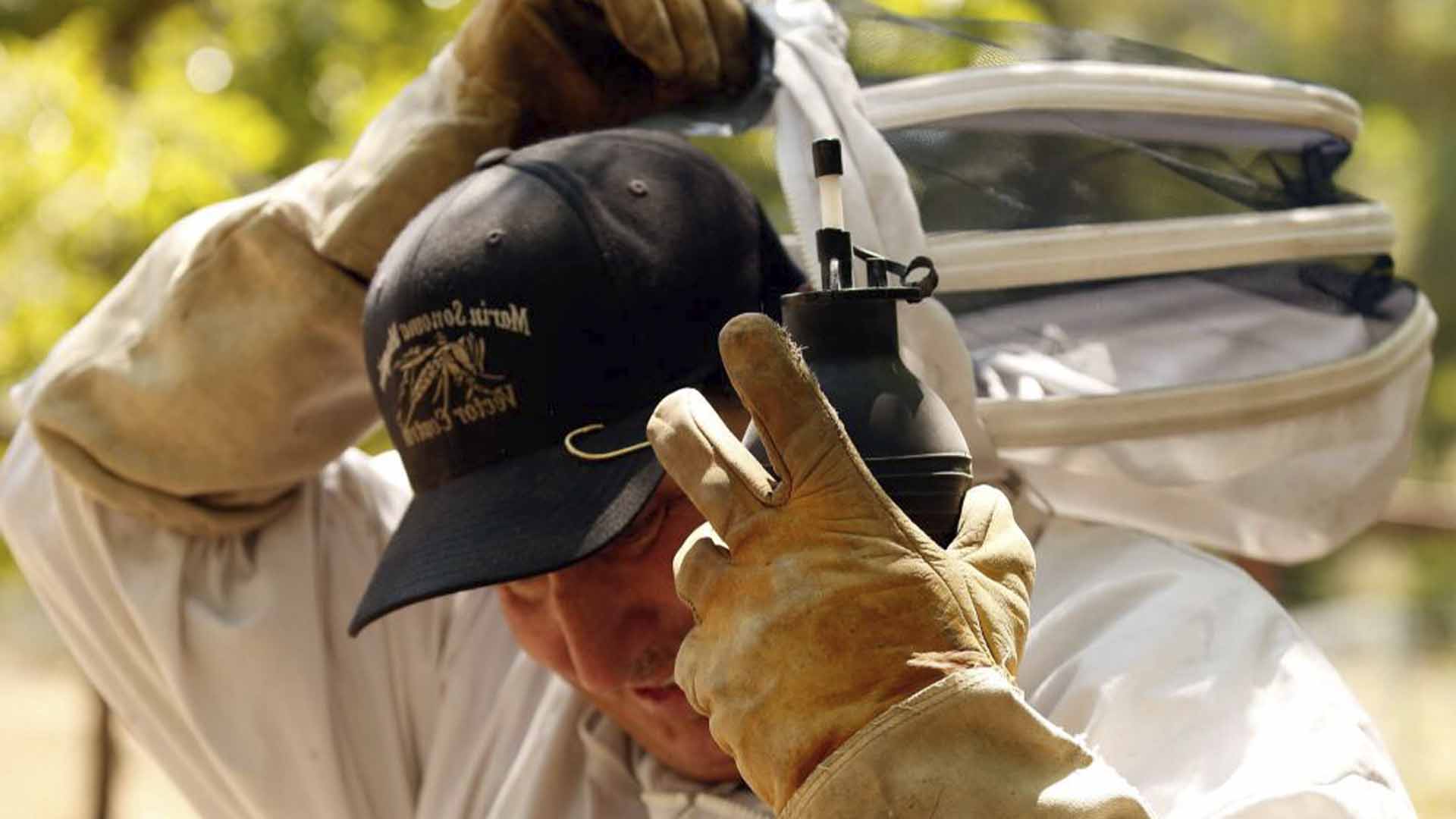
Hiring experts ensures safe and thorough nest removal.
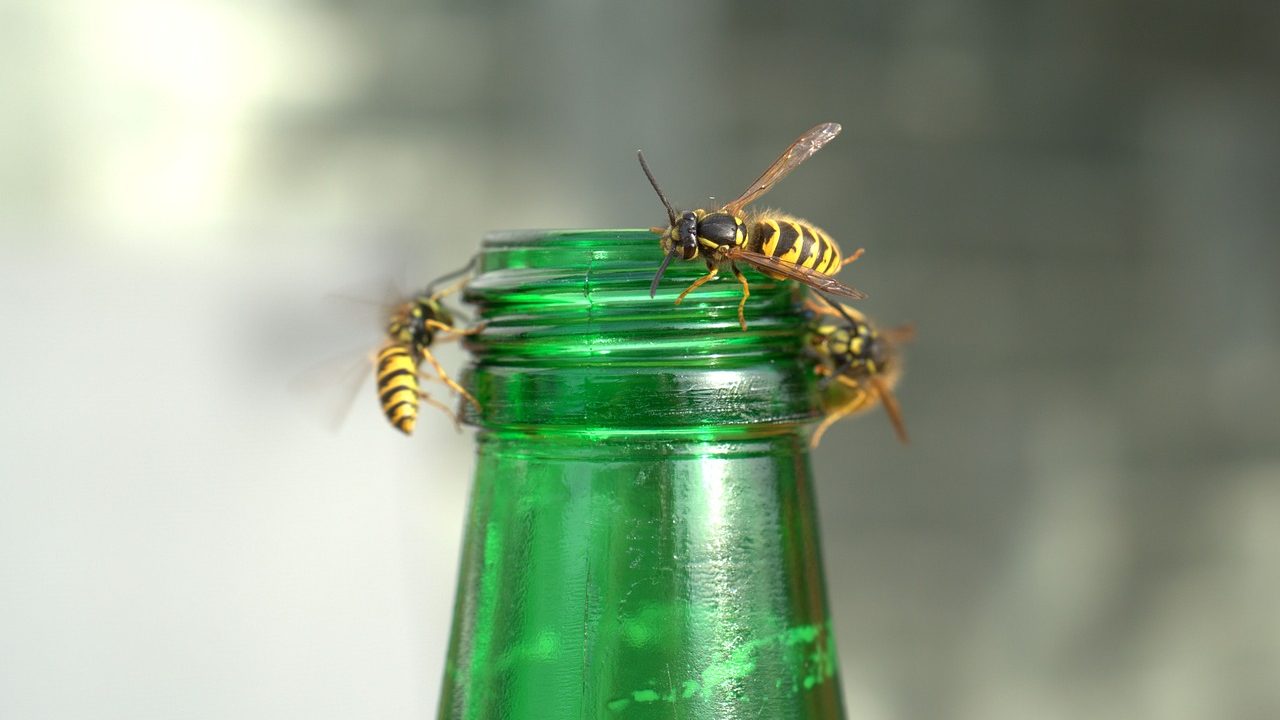
Baited traps attract and capture yellowjackets.
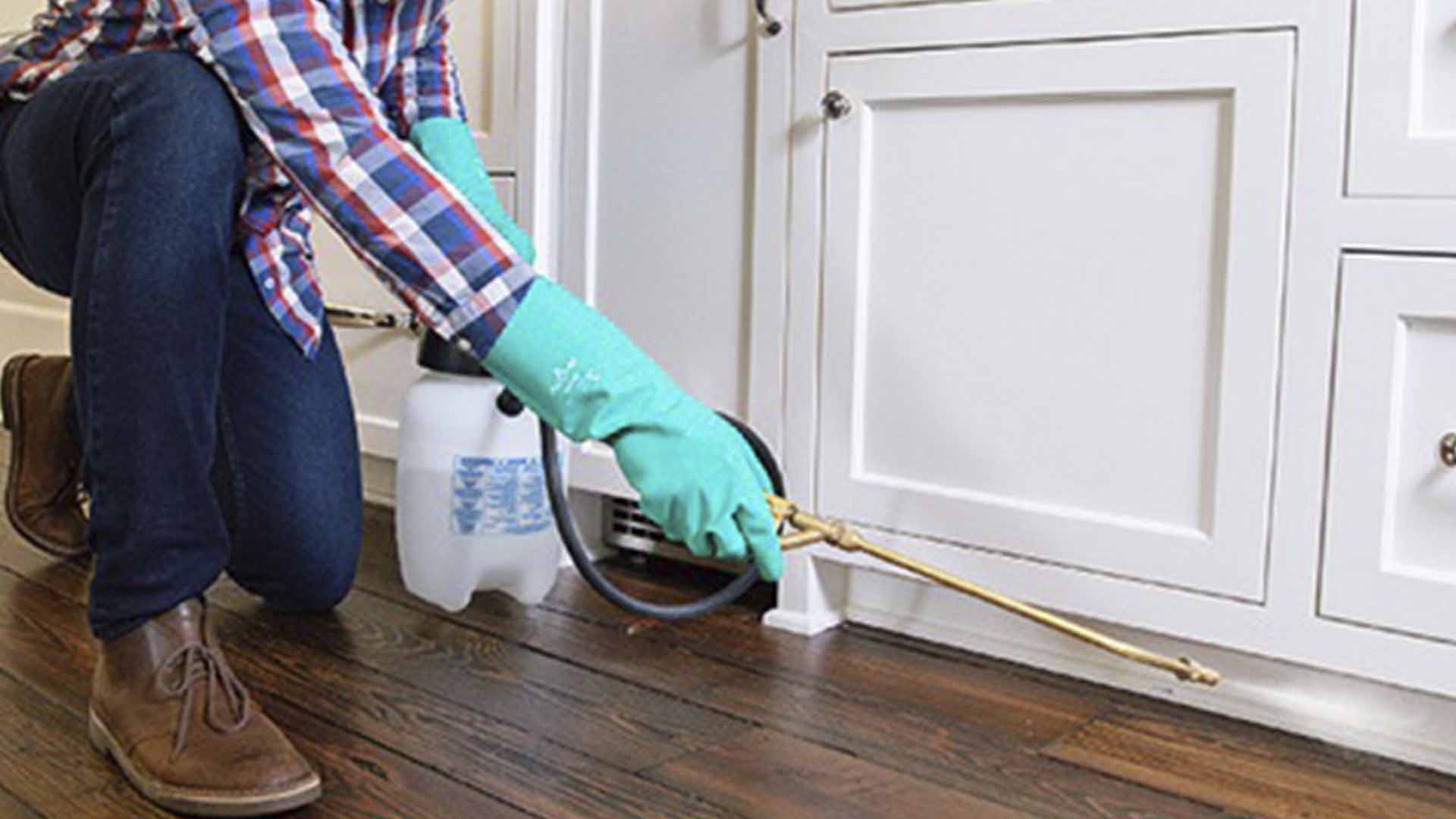
Use sprays designed for wasps to treat nests directly.
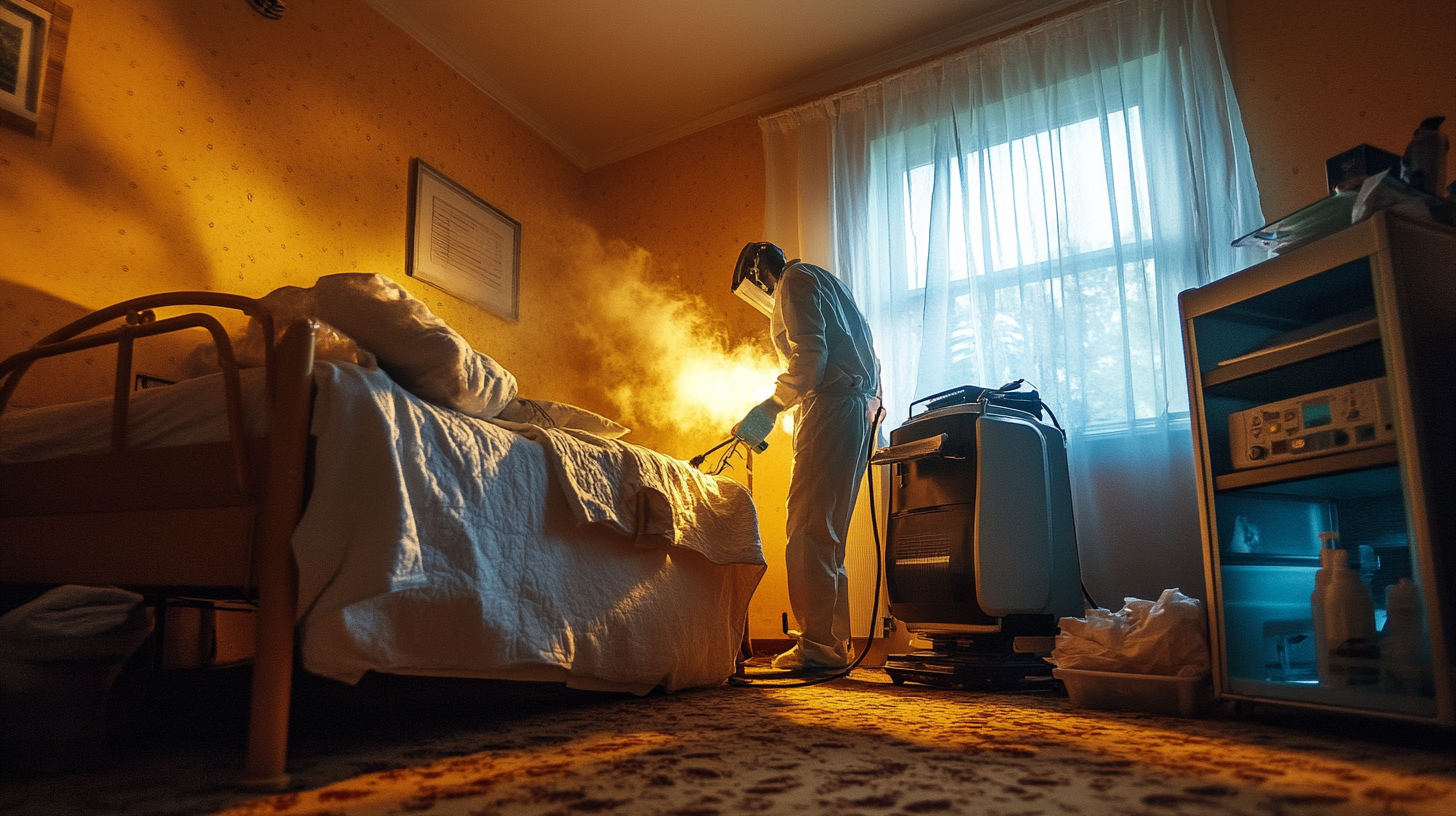
Apply insecticidal dust to underground nests for effective elimination.
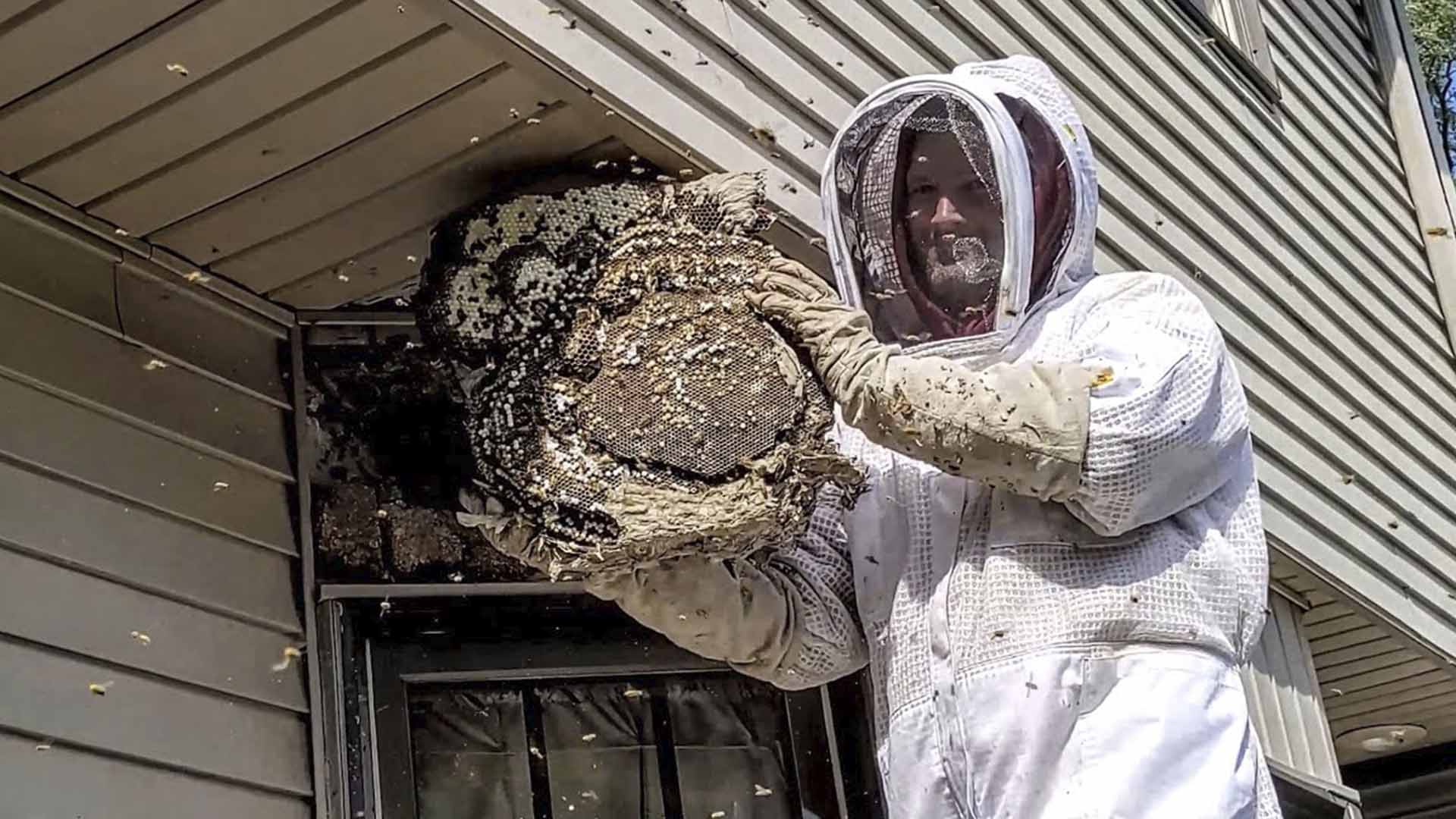
Use protective clothing and remove the nest during cooler hours to minimize stings.
Yellowjackets are aggressive, predatory wasps known for their painful stings and black-and-yellow stripes.
Yellowjackets are more aggressive and sting multiple times, unlike most wasps. They also prefer hidden nests and feed on sugary and protein-rich substances.
Yellowjackets nest in underground burrows, hollow logs, tree stumps, and wall voids.
Yes, they are highly aggressive and sting repeatedly when threatened.
Contact a professional pest control service to safely remove the nest.
They consume sugary substances like nectar and fruit, as well as proteins from insects and meat.
Use traps or sprays in the evening when yellowjackets are less active. Wearing protective clothing is essential.
Yes, they can cause allergic reactions and severe pain, especially from multiple stings.
Cover food outdoors, avoid strong fragrances, and keep trash bins sealed.
